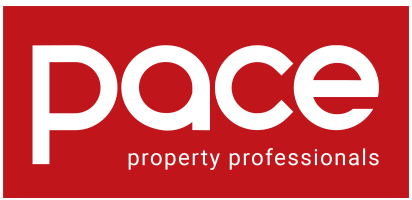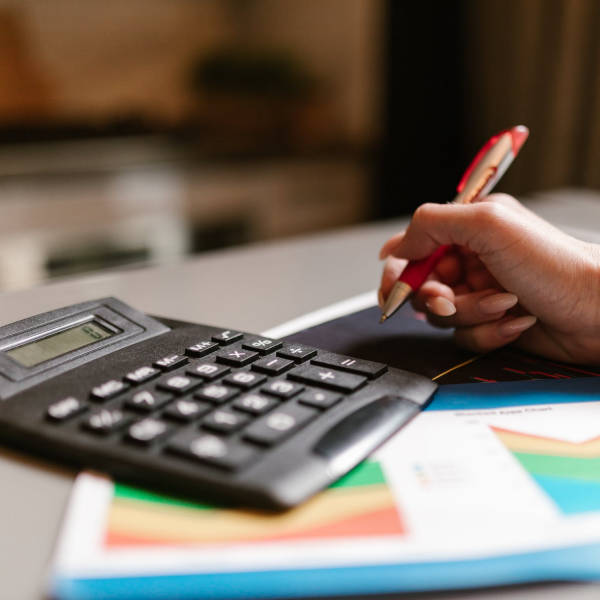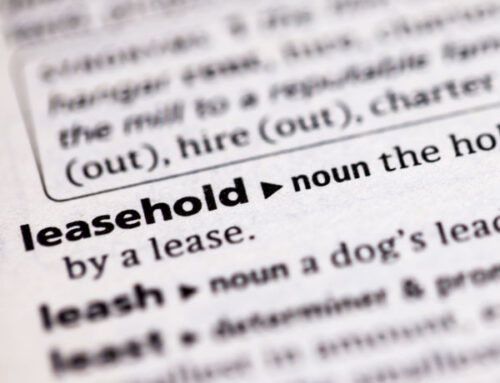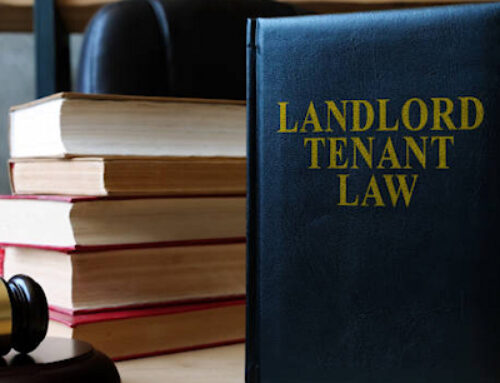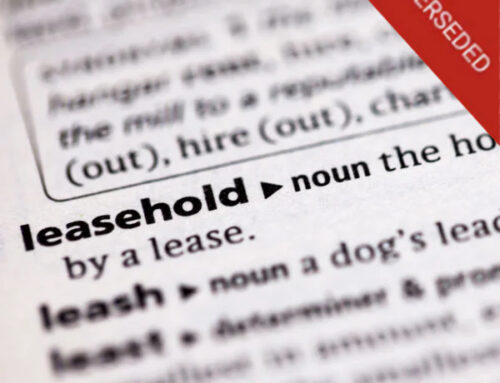How to calculate the rental yield and capital growth of a buy-to-let property
Rental yield
Surprisingly over 25% of landlords confess they don’t know the rental yield of their buy-to-let properties and 10% admit that they do not know how to calculate their yield*. For those who are a little hazy, rental yield is the term used to describe the return on a property investment from a rental perspective.
For example, if the monthly rent is £750 and the property is occupied for a full year, you will receive £9,000 per annum.
If this sum is greater than the cost of owning, managing and maintaining the property, then you will make a profit that will be subject to income tax assuming you own the property in your own name. If it is less, you obviously have a worrying shortfall.
When a landlord considers the investment potential of any rental property in Southend, it is essential to calculate the rental yield to see which is the most lucrative proposition. To do this, divide annual rent by the value of the property, and then multiply the result by 100 to get a percentage return on investment.
In this example, the costs of managing a rental property in Southend have been ignored, as these will differ depending on the size of the mortgage, the condition of the property and whether a letting agent is used. If the property in the above example costs £150,000 to buy, the following calculation would be used to determine the rental yield, which in this example is 6%:
| 9,000 / 150,000 = 0.06 | |
| 0.06 x 100 =6% |
If the property is more expensive to buy, but the rent is the same, the return on investment would be lower. Conversely, if the property were cheaper to buy, but the rent was the same, the return would be greater.
Capital Growth
Capital growth, or capital appreciation, is the value by which a property goes up over time. The value of a property can obviously also depreciate.
To work out capital growth you will need to compare the price you paid for the property with a current market appraisal, which we will be able to help you with.
If we take the same property from the example above and imagined it had increased from today’s price of £150,000 to a price in five years’ time of £200,000, the following calculation would be used to show the return in investment, which in this case is 33.3%:
| Price five years from now (£200,000) – Purchase price (£150,000) = £50,000 | |
| Increase (£50,000) / Purchase price (£150,000) = 0.333 | |
| 0.333 x 100 = 33.3% |
In the long term, property prices tend to go up, but in the short to mid-term, they also go down, so predicting what the property’s price will be in the future to calculate capital growth is pure speculation, and you can only accurately calculate capital growth after the event.
*NLA Quarterly Landlord Research Panel – Q2 2015 (977 respondents)
We are happy to offer half an hour of face-to-face advice, free of charge, to local individual considering becoming a landlord.
Please telephone and ask to speak to Marcus, George or Crystal on 01702 445 606.
Marcus James is Lettings Manager at Pace, an independent Southend on Sea Letting Agent. He deals with every aspect of the property letting process, providing expert and candid advice together with tailor-made marketing plans for each property he lists for rental.
Marcus prides himself on ensuring our landlord clients get the best return in the right timeframe for their investments by conducting rental appraisals, letting viewings and oversees the running of the lettings department.

